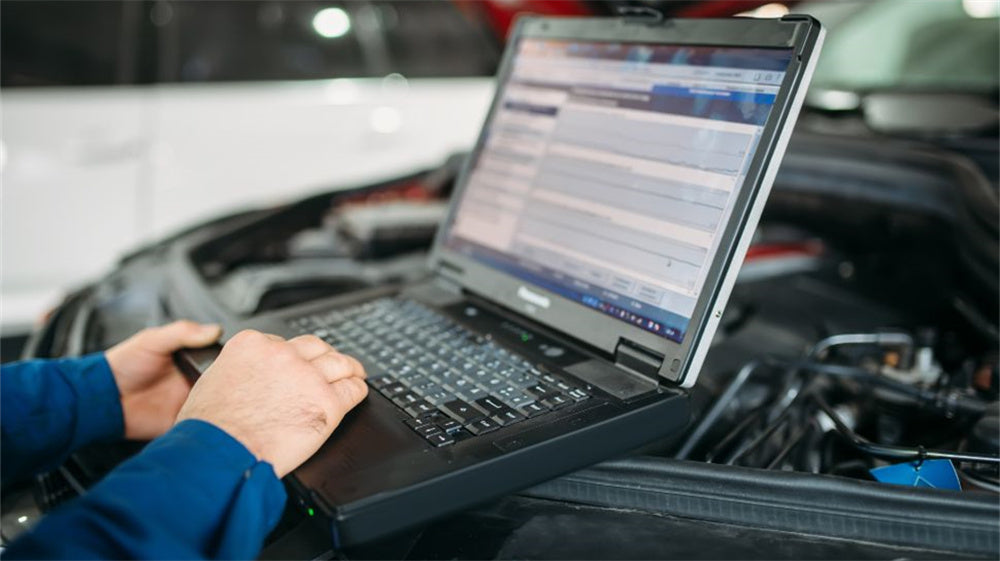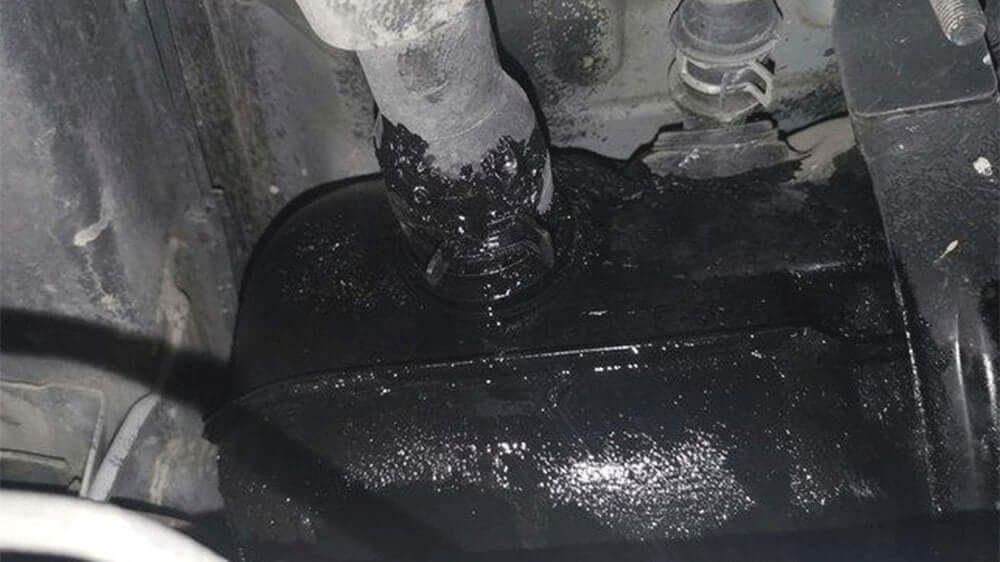
Exhaust Gas Recirculation (EGR) Valves Explained: What They Do and Why They’re Important
Introduction to EGR valves
As emission standards have tightened worldwide, the role of the EGR valve has become increasingly significant in ensuring that vehicles meet stringent environmental regulations. For vehicle owners, understanding the function and maintenance of the EGR valve is essential for both performance and compliance with emissions standards.
What is an EGR valve
An EGR (Exhaust Gas Recirculation) valve is a critical component in modern vehicles designed to reduce nitrogen oxide (NOx) emissions. It works by recirculating a portion of the engine's exhaust gases back into the intake manifold. This process lowers the combustion temperature, which in turn reduces the formation of NOx gases, a major contributor to air pollution. The EGR valve helps ensure that the vehicle complies with emissions regulations and operates more efficiently.

The Evolution of Emissions Control in Modern Vehicles
Early Time
Early vehicle designs prioritized performance over environmental concerns.
Environmental Concerns Rise
Increased awareness of the harmful effects of vehicle emissions on air quality and public health.
Regulatory Mandates
Governments implemented strict regulations, such as the Clean Air Act, to reduce pollutants like nitrogen oxides (NOx), carbon monoxide, and hydrocarbons.
Catalytic Converters Introduced
Early emissions control technologies like catalytic converters were developed to convert harmful gases into less harmful substances.
EGR Valves Enter the Scene
Exhaust Gas Recirculation (EGR) valves became critical for reducing NOx emissions by recirculating a portion of exhaust gases back into the engine.
Integration with Modern Engines
Modern vehicles now integrate advanced emissions control systems with the engine control unit (ECU) for precise management of air-fuel mixtures and exhaust treatments.
Continuous Advancements
Ongoing innovations in emissions control, such as particulate filters and selective catalytic reduction (SCR), complement EGR systems to meet ever-tightening emissions standards.
Why Understanding EGR valves is Crucial for Vehicle Owners
1. Proper knowledge of EGR valves helps maintain vehicle efficiency and emission compliance.
2. Recognizing issues early can prevent costly repairs and performance drops.
3. Routine maintenance of the EGR valve extends the life of both the valve and engine components.

What does an EGR valve do in a Vehicle’s Engine
- The EGR valve recirculates a portion of exhaust gases back into the intake manifold.
- This reduces oxygen in the combustion chamber, lowering combustion temperature.
- Cooler combustion decreases harmful nitrogen oxide (NOx) emissions.
- The EGR valve is controlled by the engine's ECU, which adjusts the valve based on driving conditions.
- Proper regulation helps maintain engine efficiency and reduces emissions without impacting performance.
Symptoms of a bad EGR valve
1. Rough idling or stalling due to improper air-fuel mixture caused by a faulty valve.
2. Poor fuel economy as a result of inefficient combustion.
3. Increased exhaust emissions, potentially triggering a failed emissions test.
4. Check engine light illumination, often signaling an issue with the valve or emissions system.

How to Clean an EGR Valve
1. Preparing Your Vehicle
Turn Off the Engine: Ensure the engine is completely cool.
Disconnect the Battery: Prevent electrical hazards during cleaning.
Lift the Vehicle: Use a jack and secure with jack stands to access the EGR valve.
2. Removing the EGR Valve
Use the Right Tools: Employ a suitable socket or wrench.
Be Cautious of Residual Heat: If the engine was recently running, be careful.
Unscrew Carefully: Remove the EGR valve without damaging surrounding parts.
3. Cleaning Techniques
For Carbon Build-Up: Use a non-abrasive cleaner and a brush.
Avoid Liquids: Do not immerse the valve in liquid; use specific cleaning solutions.
4. Reinstalling the EGR Valve
Thread It Back In: Reinstall the valve without over-tightening.
Reconnect Wires: Ensure all connections are secure.
Lower the Vehicle: Remove jack stands, lower the vehicle, and reconnect the battery.
5. Post-Cleaning Check
Inspect for Leaks: Start the engine and check for leaks or irregularities.

Routine Maintenance
- Regularly inspect the EGR valve for carbon deposits and ensure proper airflow.
- Use high-quality fuels and follow recommended service intervals to minimize buildup.
- Perform routine engine tune-ups to prevent excessive wear on the EGR valve.
Conclusion
The EGR valve plays a crucial role in maintaining a vehicle's emission standards and engine efficiency. Regular maintenance and prompt attention to any symptoms can extend its lifespan and enhance overall vehicle performance. By understanding and properly caring for the EGR valve, drivers can contribute to a cleaner environment while ensuring a smoother and more reliable driving experience.















































































